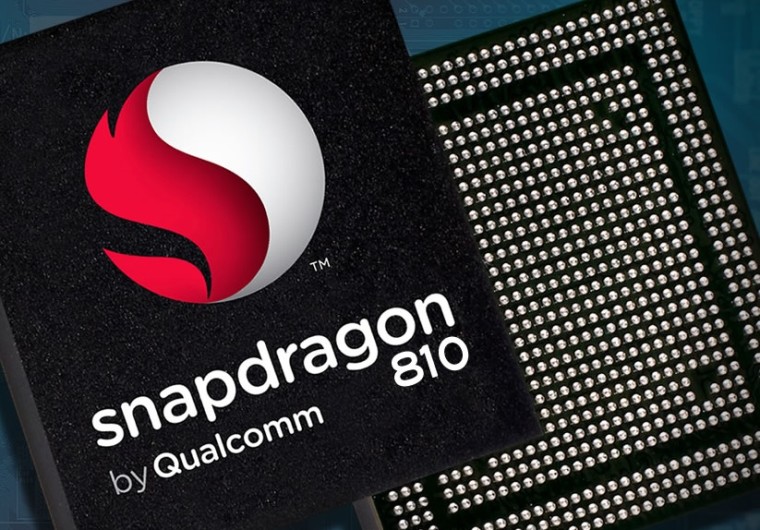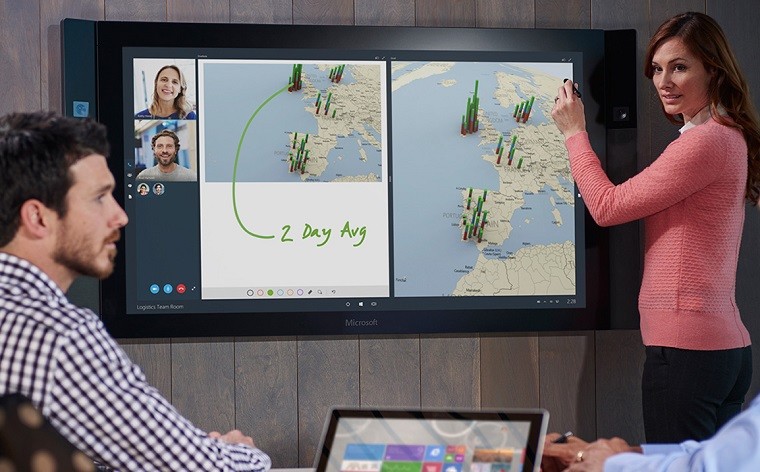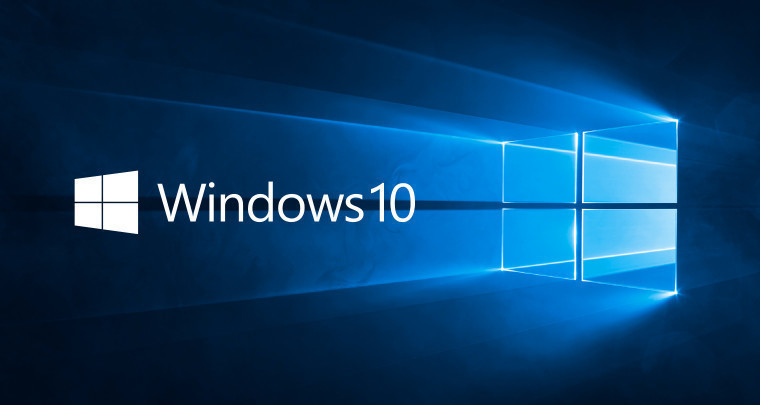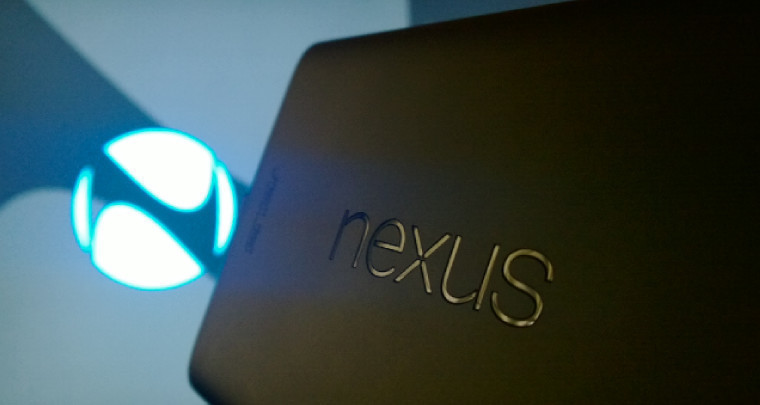7 Days is a weekly round-up of the Editors' picks of what's been happening in the world of technology - written with a dash of humor, a hint of exasperation, and an endless supply of (Irish) coffee.

It’s been another exciting week across the tech world, stuffed full of official announcements, intriguing insights and some rather juicy hints at what’s on the way. But if you’ve struggled to keep up with it all, don’t worry – 7 Days is here again to guide you through some of the week’s top stories.

We begin this week on a sad note, as Nintendo announced the death of its CEO and President, Satoru Iwata. Immensely respected across the industry as both a consummate professional and an enthusiastic gamer, Iwata’s passing came as a great shock to many, especially at the age of just 55.

Over in Europe this week, there was bad news for the world’s largest mobile chipmaker, which faces the unhappy prospect of a probe into antitrust allegations. Qualcomm is under investigation by authorities over concerns that it may have abused its position to limit competition in the smartphone and tablet processor market.

In Finland, things have been going pretty well lately for local firm Jolla. On Thursday, the company, which was founded by former Nokia employees, announced Sailfish OS 2.0, the latest version of its MeeGo-derived mobile operating system, featuring a “totally new and visually refreshed” UI. Jolla also revealed that it has signed up the first hardware partner that will license the OS to build third-party devices.

The GSM Association announced that it has extended its agreement to continue holding the Mobile World Congress (MWC) trade expo in Barcelona until 2023, allowing the Spanish city to retain its title of ‘Mobile World Capital’. MWC is the biggest event in the global mobile industry calendar, and the 2015 show contributed over €436m EUR (around $480m USD) to the local economy.

It looks like Facebook is planning to add to the growing list of digital assistants available with a new virtual PA of its own. However, while Facebook’s assistant – being developed under the codename ‘Moneypenny’ – remains in development, it’s not yet clear if it will be released publicly.

Meanwhile, Microsoft is working on improvements for its digital ‘personal assistant’, Cortana, and this week, the company began a new and important chapter in its development. While much has been said of Cortana’s ‘machine learning’ capabilities, powered by Bing, Microsoft is now turning its attentions to ‘machine teaching’, to allow anyone – even those without coding abilities – to create algorithms that help computer systems to intelligently assimilate and process data.
The company also announced its new Cortana Analytics resources this week, opening up access to some of its own machine-learning tools, and potentially helping organizations – from businesses to hospitals and researchers – to more easily make sense of all the data they collect.

Microsoft recently announced that it would be making Cortana more widely available, with launches on iOS and Android. The first Android version was supposed to arrive last month, but its launch was quietly pushed back. However, on Friday, Cortana for Android leaked, and an official Microsoft sign-up page for the beta program revealed that availability will be initially be limited to the US and China.

Microsoft revealed this week that its massive Surface Hub PCs – which are designed to improve workplace collaboration, and feature 55- or 84-inch displays – have been delayed. The company opened pre-orders for the giant touchscreen PCs on July 1, but it’s now unclear when deliveries will begin – MS says only that it will share more details next month.

Given the extent of recent cuts at Microsoft – most notably in its phone hardware division – one might well wonder where the axe could fall next. The company’s Band wearable device might have seemed an obvious target, but this week, Microsoft confirmed that it’s working on a new version of the device.
And if you’ve been thinking of buying a Band, now might be a good time – if you’re in the right part of the world. The device is currently available with $20 off its regular price in the US, and £10 off in the UK.

Microsoft rolled out an update for its Xbox for Windows 10 app this week, opening up game streaming to PCs from the Xbox One for all users. This feature had previously been limited to those on the Xbox Preview program.

While we’ve seen and heard plenty about Windows 10 in recent months, Microsoft has remained frustratingly quiet on its plans to update Windows RT. We’ve known for a while that RT devices won’t get Windows 10, but the company hasn’t detailed exactly what they will get instead. This week, Microsoft finally revealed that it plans to roll out Windows 8.1 RT Update 3 later this year.

Windows 10 will finally launch for PCs on July 29, but Microsoft has certainly cut it fine with getting the new OS ready for its release. After missing its target to hit the RTM milestone last week, Microsoft finally released Windows 10 to manufacturers on Wednesday.
Later that day, Microsoft rolled out the RTM build to testers:
- Windows 10 ‘RTM’ build 10240 released to Insiders on Fast and Slow rings
- What’s new in build 10240
- Gallery (including the 'disappearing' desktop watermark)
- PSA: Now is not a good time to do a clean Windows 10 install
- Discuss: What do you think of Windows 10 ‘RTM’ build 10240?

Microsoft also revealed more details on its plans for Windows 10 launch day:
- Windows 10 marketing blitz will kick off on July 20
- Microsoft Stores to host special launch events for Windows 10
- Microsoft will “celebrate” Windows Insiders with special events in 13 cities around the world
- Microsoft announces ‘Upgrade your World’ charity campaign for Windows 10 launch
You can now pre-order Windows 10 on USB drives for $119.99 (Home) or $199.99 (Pro).

The end-user licence agreement (EULA) for Windows 10, included in the RTM build, confirms that Home users will not be able to opt out of automatic updates for the OS. The company has also said that Windows 10 will have a ten-year support life cycle.

Microsoft had to deal with some confusion of its own making this week, after an executive said that it wouldn’t be possible to buy PCs with Windows 10 pre-installed when the OS launches on July 29.
However, the company then spat out some new language to clarify that some PCs will in fact be available on launch day. Indeed, on Thursday, HP said that it will actually ship its first Windows 10 PCs on July 28, the day before the OS officially rolls out.

However, it will be a while before Microsoft begins shipping its own Surface tablets with Windows 10 pre-installed.

While some Windows 10 PCs will be available to buy this month, others won’t arrive for a while yet. Microsoft will host a keynote at the IFA trade show in Berlin on September 4 to “showcase new Windows 10 devices” – but one particular type of device will be a no-show at that event.

Microsoft teased one upcoming device at its Worldwide Partner Conference – and it looks like it will be one of the most affordable Windows notebooks ever. The Acer Aspire One Cloudbook will be available with an 11- or 14-inch display when it goes on sale next month, priced from just $169. Microsoft highlighted the new Windows 10 PC as a better alternative to cheap Chromebooks.

By the way, if you’re thinking of buying a Windows 10 PC with Microsoft's rather nifty new Windows Hello biometric security features, you’ll need to make sure you get one with the right hardware. Intel has now listed a range of PCs that include Windows Hello compatibility.

While Windows 10 launches for PCs this month, development will continue for a few more months on the Mobile version of the new OS. After severe cuts to its phone hardware business this month, Microsoft CEO Satya Nadella said this week that the company remains committed to its smartphone platform, and emphasized that even if its hardware partners don’t build Windows 10 Mobile devices, “we’ll build them”. He also claimed that the decision to make Windows 10 available as a free upgrade for PCs will ultimately help its mobile efforts.

And reaffirming that message of commitment to the platform, Microsoft said again this week that “premium Lumias” with Windows 10 Mobile are on the way.

In the meantime, Microsoft is continuing to maintain its current phone range. The latest non-preview version of its mobile OS, Windows Phone 8.1 Update 2, is now rolling out in India, while Lumias 930, 1320 and 1520 are all getting a software update there too.

It looks like Microsoft’s recent phone cuts might see some of its devices being made in India in the near future. The company is reportedly preparing to outsource the manufacturing of two upcoming Lumia devices to a Foxconn factory in India, and it’s said that a deal is close to agreement.

Nokia – or what’s left of it since Microsoft acquired its devices and services business last year – has been widely rumored to launch a new smartphone, following the release of its N1 Android tablet, which is also manufactured by Foxconn. This week, Nokia hinted at plans to do so next year, but as the company explained, it’s complicated.
Curiously, things became even more complicated a few days later, when Nokia sent out invites to a ‘VIP event’ on July 28.

Still, although it will be a while before Nokia’s new phone shows up, there’s plenty of other Android hardware on the way. This week, Samsung quietly unveiled its new Galaxy A8, its thinnest smartphone ever: just 5.9mm-thick.

Motorola sent out invites on Thursday to press events on July 28 in London and New York. The company is expected to unveil its new high-end Moto X handset, and the latest version of its affordable Moto G.

OnePlus continues to tediously drag out the announcement of its new flagship-class handset, and this week, it shared details of its “new and improved” invite system. The company ditched its infuriating invite system for the One, but it will joylessly return for the OnePlus 2, although more invites are promised this time around, along with a “quick and painless reservation list”.
Ha.

HTC unveiled four new low-end Desire handsets this week, as the company continues to struggle in the smartphone market.

It also announced that the One M9+, the even more premium version of its One M9 flagship, will make its way to Europe – but sadly, those in the United Kingdom will be left out.

By the way, if you’ve got last year’s HTC flagship, the One M8, there’s good news, as the company has confirmed that the device will get the brand spanking new Android M update when it launches later this quarter.

Details emerged this week of the new 5.7-inch Nexus phone being built by Huawei, which is expected to be a showcase device for Google’s Android M release. It seems we can look forward to a Quad HD display and the very latest Snapdragon 820 processor, among other things.

Google attracted plenty of criticism from users of its Google Photos mobile app this week. Users discovered that their devices are continuing to upload their images to Google Photos even after the app was uninstalled - and the company itself appeared to dismiss their concerns.

One of Google’s self-driving car prototypes was involved in a crash this week that resulted in three injuries. However, as in its previous crashes on public roads, the car itself was not at fault – it was hit from behind by a distracted driver.

We also got our first glimpse of what Google’s self-driving car looks like on the inside – no, there’s no steering wheel; and yes, it’s got cupholders.

Apple Pay launched in the UK this week with widespread support from the country’s leading banks and retailers. However, transactions are limited to £20 – but if you’re in London, you can also use your iPhone to travel on the capital’s public transit system.

Microsoft rolled out a big update for OneNote on Apple’s iOS devices on Thursday (and also had a bit of a giggle with its release notes). The company will no longer maintain separate iPhone and iPad versions, instead launching a new ‘universal’ OneNote app for iOS, which includes several features new to the iPad.

On Tuesday, Microsoft launched its new Universal Foldable Keyboard – a portable keyboard that literally folds in half, and which is designed to work across leading mobile platforms. Priced at just under $100, it’s not cheap, but is it any good? Check out our review.

Last week, I took a closer look at Windows 10 Mobile, explaining why one key feature in the OS hints at Microsoft’s vision of a truly ‘mobile-first’ future. This week, Neowin senior editor Vlad Dudau considered HoloLens, and why the company’s strategy behind it is more complex and exciting than you may think.

Before we wrap things up, don’t forget that the second episode of The Redmond Report – our weekly podcast to help you make sense of news on the Microsoft front – is now available. Check out Episode 2: ‘Windows 10 and lakes in the sky’.

But we end this week on a note of caution, after a man was arrested after police spotted him charging his phone on a London Overground train this week. He was arrested for ‘abstracting electricity’ by plugging his iPhone into an onboard power socket marked ‘not for public use’, but was later de-arrested. However, the man’s reaction to his initial detention landed him in more hot water – he was subsequently arrested again after “becoming aggressive” towards police.
Let this be a lesson to us all: no matter how much you need some extra juice, be careful where you stick your plug. #wordstoliveby
- - -
As ever, there’s plenty more to read across the site – including loads of interesting discussions over on our forums. From all of us on the Neowin team, have a great weekend!
















